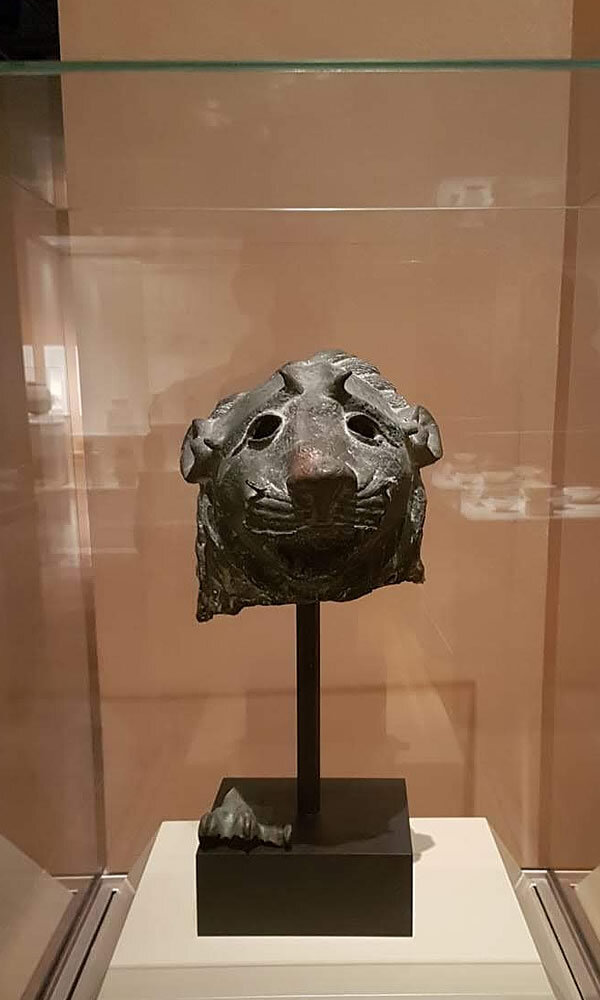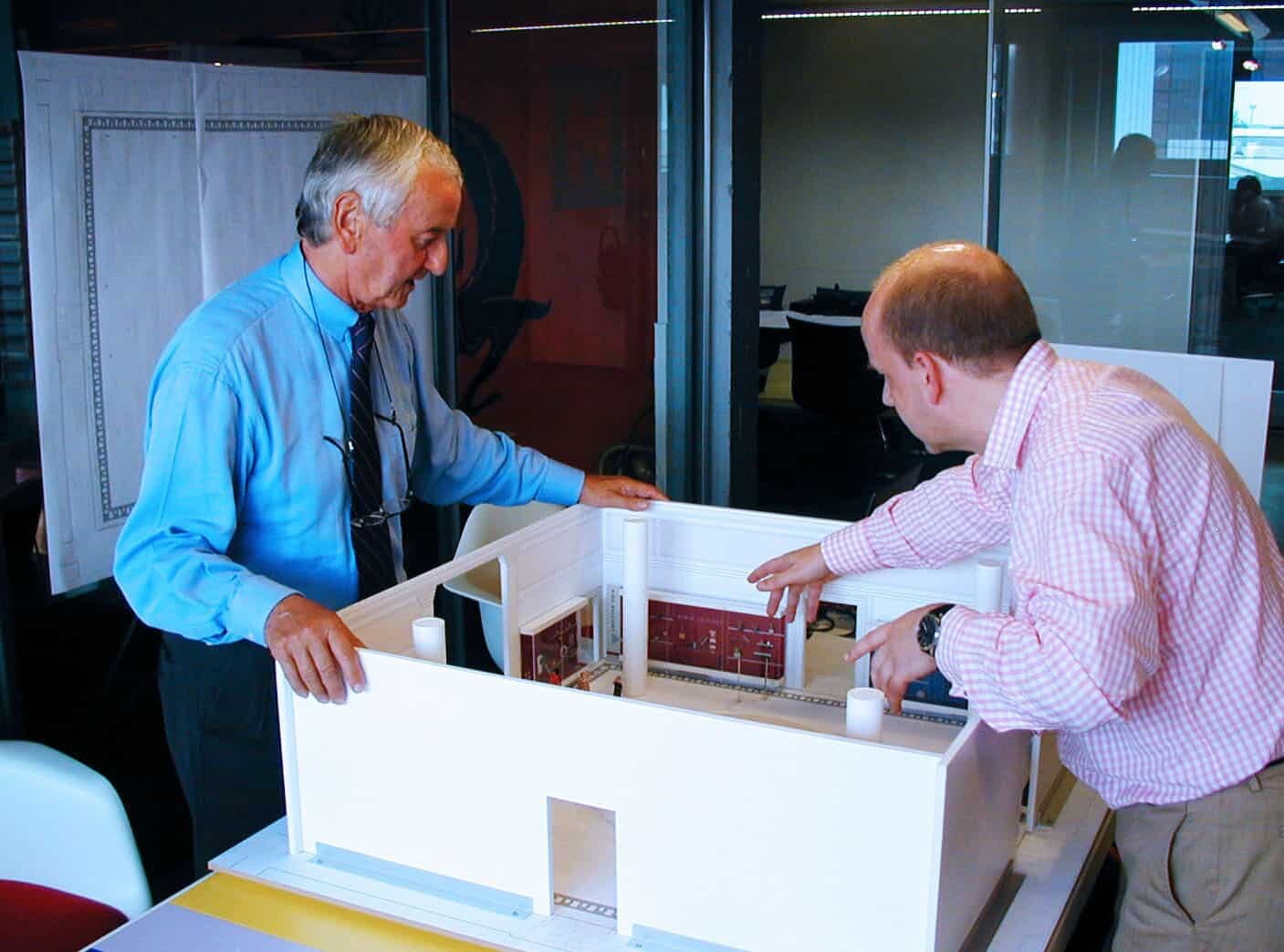Part 1
Helping Private Art collectors Display their Hidden Collections

I thought it might be fascinating to write a blog series about working with private art collectors and their amazing hidden collections. Welcome to the introduction of this journey. You can find the other articles in this series at the end of the page.
It is noteworthy to acknowledge that people collect art for all types of reasons. These include financial gain, a passion for art collecting and improving one’s social standing. There are many more reasons of course. However, I am concentrating on those collectors who have generally spent years, decades, or even an entire lifetime adding to their remarkable art collections. In my experience, these art collectors are well and truly in love with the art they collect, which, dare I say it, forms part of their immediate family.
First Piece of Art
“I particularly enjoy when art collectors recall to me how they collected their very first piece of art.”
I particularly enjoy it when art collectors recall how and when they collected their very first piece of art. It is almost always followed by a smile and a distant look in their eyes. They will never forget that special moment that forever changed their lives—the rush of endorphins and adrenaline that comes with each new acquisition of their art collections.
Typically, that first piece of art, no matter how humble or insignificant, will remain in their collection for the rest of their lives, much like a first love that nothing can ever replace. It seems such a pity that these extraordinary collections of humanity are only seen by a select few.
Growing Trend
It is fascinating to see that in recent times, collectors have started realising the importance of sharing their collections with the public. This not only helps to increase the reputation of their collections but also enhances their value. In the past, collectors have lent their art to museums and galleries for exhibitions, but the new trend is to organise travelling exhibitions that showcase only their collections. Another trend that has gained popularity is building donor museums, which was previously discussed in a blog post titled “Donor Museums Your Way – A Growing Trend.” It is crucial to invest in the right specialist services and design expertise when constructing a museum, especially when it comes to designing exhibitions for art collections.
As designers with over 20 years of experience in designing these types of exhibitions, we have worked with both private art collectors’ museums and foundations. Our expertise and knowledge have helped us create gem exhibitions that showcase the art pieces and tell the engaging narratives behind them. We believe that every art collection has a story to tell, and our job is to bring that story to life through the design of the exhibition space.
Furthermore, as technology advances, so do the possibilities for future display methods. Virtual and augmented reality offers mind-blowing prospects for private art collectors to share their collections with a global audience. Imagine stepping into a virtual gallery where you can explore every corner of a collector’s treasure trove, learning about each piece’s significance and the collector’s history. Embracing these technological advancements in design can open new avenues for engaging with art collections, ensuring their legacy extends far into the digital age.
In the upcoming segment of “Private Art Collectors Display,” we will discuss five of the most important questions we ask art collectors during our first meeting. These questions will help us understand the collector’s vision and enable us to create an exhibition that reflects their unique style. Join us on this journey of designing exhibitions for art collections, and let us help you showcase your art collection to the world.

Read the entire art collection series
We’re interested in learning about the journeys taken by both the collector and the artwork, as well as the stories they tell. There are many more questions to be asked, but to get started, here are our five most critical, interrelated questions.
When designers truly understand the space, they can communicate a far more successful conceptual design stage. This methodology also allows for a first-hand examination of details as well as potential hidden problems.
Part 4 – The Design Development Stage
At this stage of our art collector’s journey, the design is not yet set in concrete and remains pliable and fluid.
Part 5 – The Detailed Design Stage
All aspects of the conceptual exhibit design must be produced in much finer detail during the detailed design stage.
Hiring qualified and skilled contractors to assist in bringing the exhibition idea to life is crucial.

